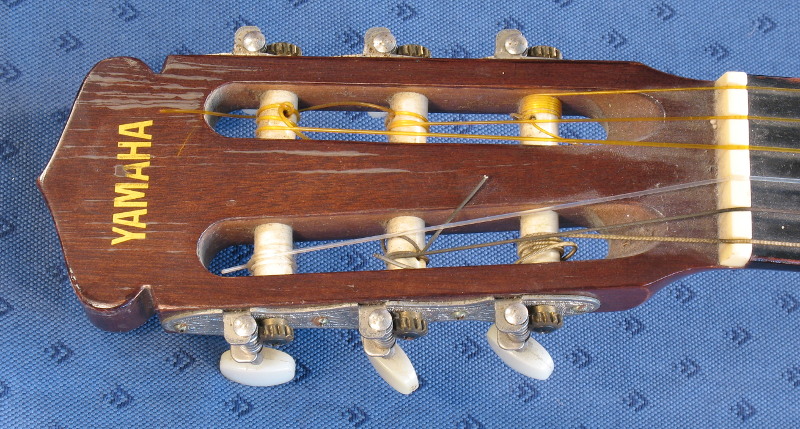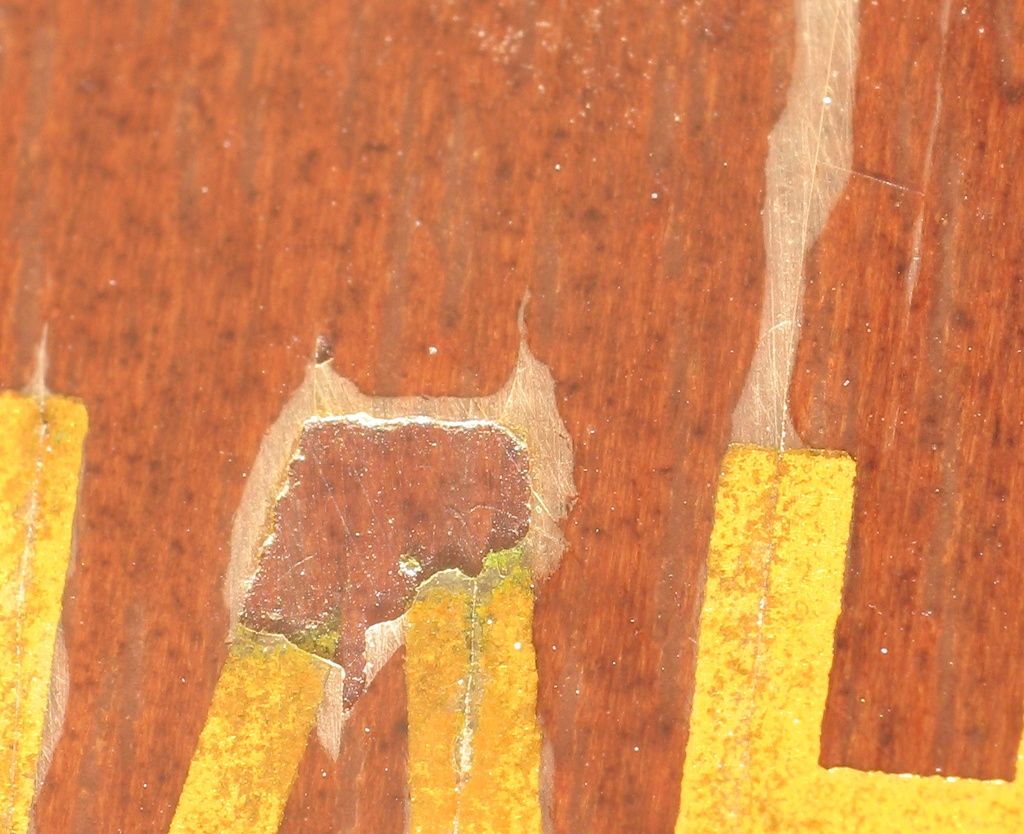bugbear
Established Member
I don't want to strip and refinish this because of the (pre 1970, who knew Yamaha was so old) brand name.

So - is there anyway to improve this?
EDIT; this is the guitar where I needed to remove and repair the broken screws.
what-metal-is-a-telescopic-aerial-made-of-t96804.html
BugBear
So - is there anyway to improve this?
EDIT; this is the guitar where I needed to remove and repair the broken screws.
what-metal-is-a-telescopic-aerial-made-of-t96804.html
BugBear



































